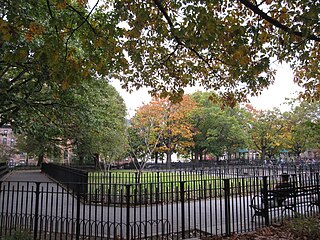
Clinton Hill is a neighborhood in north-central Brooklyn, a borough of New York City. It is bordered by the Brooklyn Navy Yard and Flushing Avenue to the north, Williamsburg to the northeast, Nostrand Avenue and Bedford–Stuyvesant to the east, St Marks Avenue and Prospect Heights to the south and southwest and Carlton Avenue and Fort Greene to the west.


The New York City Landmarks Preservation Commission (LPC) is the New York City agency charged with administering the city's Landmarks Preservation Law. The LPC is responsible for protecting New York City's architecturally, historically, and culturally significant buildings and sites by granting them landmark or historic district status, and regulating them after designation. It is the largest municipal preservation agency in the nation. As of July 1, 2020, the LPC has designated more than 37,800 landmark properties in all five boroughs. Most of these are concentrated in historic districts, although there are over a thousand individual landmarks, as well as numerous interior and scenic landmarks.
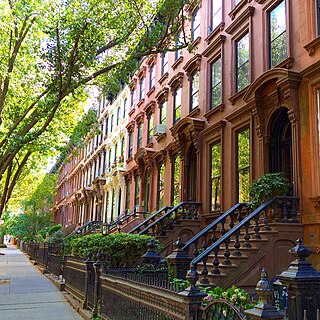
Park Slope is a neighborhood in northwestern Brooklyn, New York City, within the area once known as South Brooklyn. Park Slope is roughly bounded by Prospect Park and Prospect Park West to the east, Fourth Avenue to the west, Flatbush Avenue to the north, and Prospect Expressway to the south. Generally, the section from Flatbush Avenue to Garfield Place is considered the "North Slope", the section from 1st to 9th Street is considered the "Center Slope", and south from 9th Street, the "South Slope". The neighborhood takes its name from its location on the western slope of neighboring Prospect Park. Fifth Avenue and Seventh Avenue are its primary commercial streets, while its east–west side streets are lined with brownstones and apartment buildings.
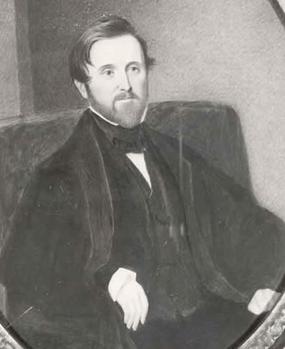
Alexander Jackson Davis was an American architect known particularly for his association with the Gothic Revival style.
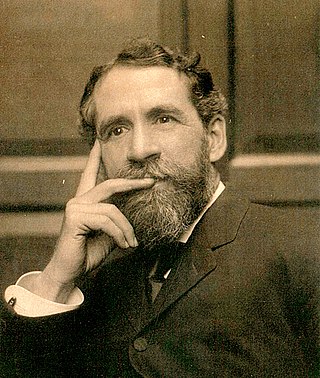
William Bunker Tubby was an American architect who was particularly notable for his work in New York City.
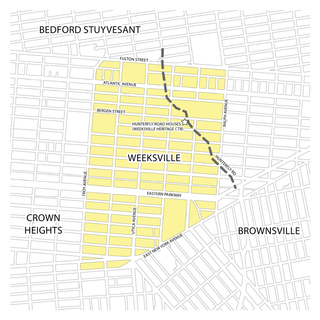
Weeksville is a historic neighborhood founded by free African Americans in what is now Brooklyn, New York, United States. Today it is part of the present-day neighborhood of Crown Heights.

Stepping Stones is the historic home of Alcoholics Anonymous co-founder Bill Wilson and his wife, co-founder of Al-Anon/Alateen Lois Wilson, in Bedford Hills, New York. The historic site features their house ; Bill W.'s writing studio, nicknamed "Wit's End"; approximately 15,000 objects left by the Wilsons; a water pump house; the original one-car garage; a two-car garage and Welcome Center with an orientation display highlighting some of the 100,000 items in the Stepping Stones Archives; a flower garden; a community vegetable garden; and more. Lois left the property to The Stepping Stones Foundation - the nonprofit, tax-exempt organization that she founded in 1979. Since Mrs. Wilson's death in 1988 the Stepping Stones Foundation has maintained and preserved the site with the help of friends, and has offered on-site tours by reservation and off-site educational programs.

The Clinton Avenue Historic District in Albany, New York, United States, is a 70-acre (28 ha) area along that street between North Pearl and Quail streets. It also includes some blocks along neighboring streets such as Lark and Lexington.

The Arbor Hill Historic District–Ten Broeck Triangle, originally the Ten Broeck Historic District, is a seven-block area located within the Arbor Hill neighborhood north of what is today downtown Albany, New York, United States. In 1979 its easternmost third, the Ten Broeck Triangle, the second oldest residential neighborhood in the city, was recognized as a historic district and listed on the National Register of Historic Places. Four years later, the district was increased to its current size and renamed to reflect its expansion to include some of the rest of Arbor Hill.

The Abner Davison House, also known as Riverview, is one of several mansions that overlook the Mississippi River on the east side of Davenport, Iowa, United States. It has been listed on the National Register of Historic Places since 1984, and on the Davenport Register of Historic Properties since 1997.

Mapleton, also known as St. Joseph House, is a historic building located at White Plains, Westchester County, New York. It was added to the National Register of Historic Places in 1976.

The Lefferts-Laidlaw House is a historic villa located in the Wallabout neighborhood of Brooklyn in New York City, United States. Built around 1840, the house is a two-story frame building in the temple-fronted Greek Revival style.

Clinton Hill South Historic District is a national historic district in Clinton Hill, Brooklyn, in New York City. It consists of 246 largely residential contributing buildings built between the 1850s and 1922. It includes fine examples of Neo-Grec style row houses. Also in the district are a number of early 20th century apartment buildings in the Colonial Revival style.

The Charlton–King–Vandam Historic District is a small historic district in Lower Manhattan, New York City. Designated by the New York City Landmarks Preservation Commission (NYCLPC) in 1966, the district contains "the city's largest concentration of row houses in the Federal style, as well as a significant concentration of Greek Revival houses." It is sometimes included as part of the South Village or Hudson Square, though it is historically distinct from both neighborhoods.
This is a timeline and chronology of the history of Brooklyn, New York. Brooklyn is the most populous of New York City's boroughs, and was settled in 1646.

Gibraltar, located at 2505 Pennsylvania Avenue in Wilmington, Delaware, is a country estate home dating from c. 1844 that is listed on the National Register of Historic Places. It takes its name from the Rock of Gibraltar, alluding to the high rocky outcrop on which the house was built. It is located just inside Wilmington's city limits and originally stood at the center of a much larger estate which has over time been reduced to the present area of about a city block in size. The house was originally built by John Rodney Brincklé and inherited by his brother's wife and children, before being bought in 1909 by Hugh Rodney Sharp, who was linked to the Du Pont family through marriage and work. Sharp expanded and remodeled the house, as well as commissioning the pioneering female landscape designer Marian Cruger Coffin to lay out the gardens.

The Treadwell Farm Historic District is a small historic district located on parts of East 61st and East 62nd Street between Second and Third Avenues, in the Upper East Side neighborhood of the borough of Manhattan in New York City.

Montrose W. Morris was an American architect from Brooklyn best known for some of the first multi-unit apartment buildings in New York City. His most well-known buildings include the Alhambra Apartments, Imperial Apartments, and the Renaissance Apartments all in Brooklyn, New York. Most of Morris’ work still stands adding greatly to the borough's architectural heritage. Morris worked in the prevalent architectural styles of the period, including Queen Anne and Romanesque Revival.

James William Elwell was a 19th-century American businessman and philanthropist. He was well known as one of the oldest shipping merchants in New York having lived in Brooklyn for over forty years. Elwell was the owner of James W. Elwell & Co., a shipping firm at 57 South Street, Manhattan. He was one of the oldest members of the New York Chamber of Commerce. He was known as a philanthropist who helped to found some of Brooklyn's best institutions. Elwell and his wife built the James W. and Lucy S. Elwell House in the national historic district in Clinton Hill, Brooklyn. The pilot boat James W. Elwell was named in his honor.






















